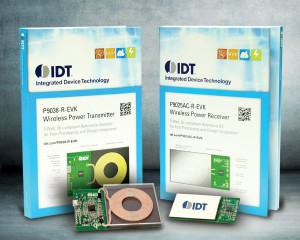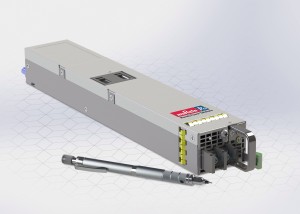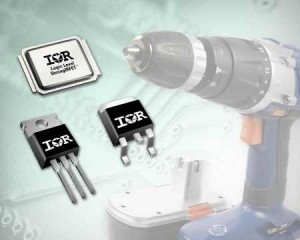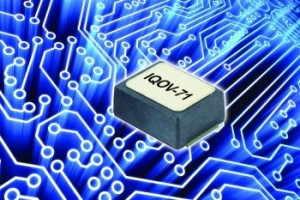
IDT kit enables wireless charging
IDT has launched transmitter and receiver reference kits that add wireless charging to products for a BOM cost of $30 and $40.
The Qi-compliant kits, P9038-R-EVK and P9025-R-EVK, “enable engineers to incorporate wireless charging capabilities into their designs in a matter of hours”, says IDT.
The 5W, 5V kits can be used for PC peripherals, furniture, medical devices, and other portable devices, the company says.
IDT has sold wireless charging products to tier one customers like Samsung, LG and IKEA, says marketing senior vice-president at IDT Graham Robertson.
“Any fool can make wireless power work, but making it work at a reasonable cost with reasonable performance takes considerable engineering skills,” Robertson told Electronics Weekly.
IDT says its kits make it possible for customers to design a wireless power solution with little to no engineering support required.
Robertson reckons that wireless charging will be particularly valuable in wet environments where waterproofing is vital, such as boats, kitchens and rugged environments in general.
Robertson also believes consumers will appreciate a charging ‘tray’ on which you can drop anything that needs charging without having to plug it in.
There is, he says, pent-up demand for charging surfaces in restaurants, aircraft, cafés, coffee shops, libraries, waiting rooms, offices and other places where people hang around that will help to allay what he calls “battery anxiety”‘.
IDT’s transmitter and receiver reference kits include reference boards and design support materials including instructional videos, user manuals, foreign object detection (FOD) tuning guides, layout guides, layout instantiation modules, schematics, bill-of-materials (BOM), Gerber files, and more.
The kits can be used for immediate prototyping. An associated layout module enables direct instantiation on to a system board, while an optimised and fully tested BOM takes the guess-work out of component selection. Foreign object detection (FOD) tuning is supported via selectable pre-programmed curve settings and extensive collateral documenting FOD tuning for these devices.
Both reference kits offer two-layer board layout files, providing maximum flexibility for most applications. The boards are Qi-compliant for use as-is.
The current kits contain about 30-35 devices on each board and it is anticipated that much of this will be integrated in future versions.
At Digi-Key, which is handling distribution of the kits, vice-president David Stein says: “With next-day delivery, engineers can go from concept to prototype in fewer than 24 hours. In addition, the full bill-of-materials and pre-production samples can be ordered with just a few clicks, making it easy to place production orders when the time is right.”
david manners









